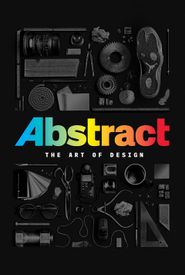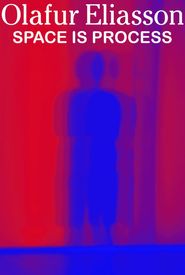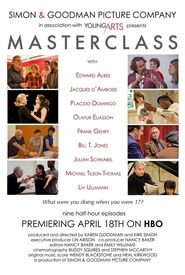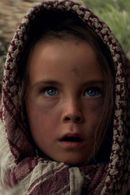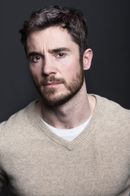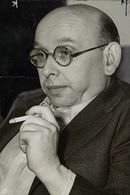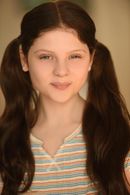Olafur Eliasson's childhood was spent in Hafnarfjörður, Iceland, before he moved on to pursue his passion for art. In 1989, he began his formal education at the Royal Danish Academy of Fine Art in Copenhagen, Denmark. During his studies, he gained recognition for his work, presenting his pieces in Berlin, Germany. Six years later, in 1995, he completed his studies and began to attract international attention as a young artist.
In 1997, Eliasson received the Bremen Art Prize, and the following year, he was honored with the Edstrand Foundation Art Prize. This same year, he started the "Green River" project, which lasted until 2001. He achieved this by coloring the water of rivers around the world with a non-toxic bright green dye. This project marked the beginning of his fascination with creating art outdoors, playing with light, water, and other natural phenomena. The reactions of the viewer became an integral part of his work, making it a unique and captivating experience.
Eliasson's subsequent projects continued to showcase his creativity and innovative approach to art. In 2003 and 2004, he created the "Weather Project" at the Tate Gallery of Modern Art in London, England. This installation created the illusion of a large sun standing above misty clouds, captivating the attention of all who witnessed it. The following year, he played with light in Munich, Germany, by creating an unusual glass facade for the rehearsal building of the Bavarian State Opera. This 300 m2 area not only reflected what was happening in the nearby square but also formed a spatial closure.
In 2006, Eliasson received the Friedrich Kiesler Prize and the Danish Crown Prince Couple's Culture Prize. The following year, he was awarded the Joan Miró Prize. In 2008, he created four large artificial waterfalls in Manhattan, New York, which flowed a total of over 13 billion liters of water for 110 days. This project was a testament to his ability to create large-scale, immersive experiences.
In the same year, he installed "Yellow Fog" on the Austrian Electricity Industry AG building in Vienna, Austria. In the evening, the façade was bathed in yellow mist, highlighting his fascination with the phenomena of wind, fog, and light. Eliasson's work not only explored the boundaries of art but also aimed to change the way people perceive urban space. He made the abstract concept of space a central theme, making it tangible and perceptible.
Today, Olafur Eliasson works and lives in Berlin and Copenhagen, with his own studio in Berlin, where he has resided primarily since 1994. In 2008, he accepted a call from the University of the Arts, where he has been a professor since 2009. Throughout his career, he has received numerous awards, including the Austrian Friedrich Kiesler Prize in 2006 and the Danish Crown Prince Couple's Cultural Prize in the same year.

